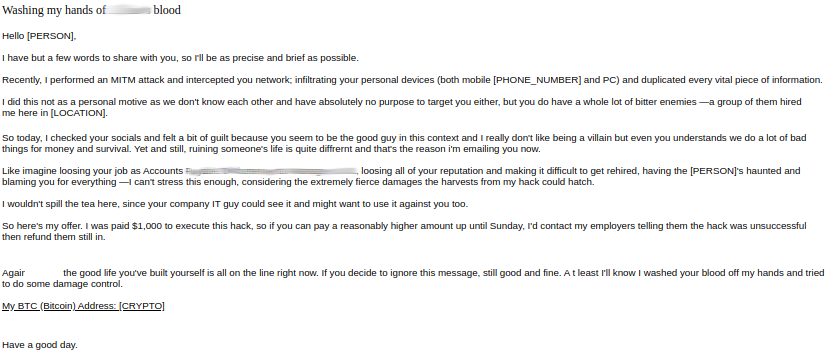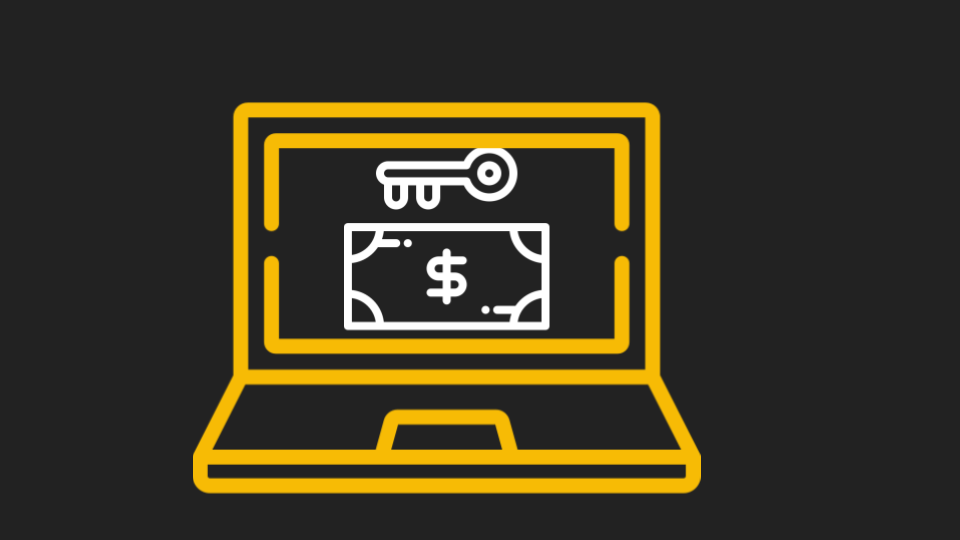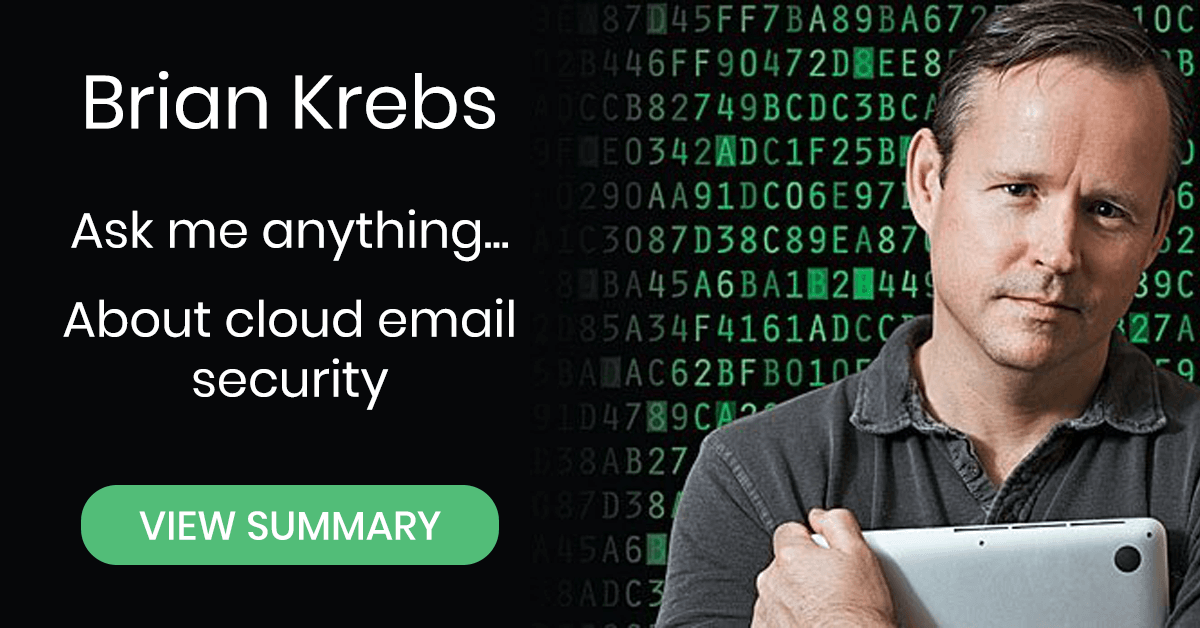You've seen a ton in the news about ransomware.
Massive ransomware increases at hospitals. Local governments falling prey to ransomware. Schools being held for ransomware.
It's a massive problem. And the outcome is potentially devastating. Either pay up or have tons of personal data released.
But while you read these with a little bit of fear, you might be asking: what does a ransomware attack even look like?
The Attack: Avanan researchers stopped a ransomware attack, with the attached note (identifying information has been scrubbed, for security):

There's a lot to unpack. First, this attack bypassed ATP's scanners, but was stopped by Avanan.
The goal of the attacker was to get money, plain and simple.
There are multiple ways to do it. There's the threat of posting data. And then there's actually possessing the data.
In this case, it was a threat of data. And so in this case, this particular message is more about extortion than implementing the a piece of malicious code or software on a network.
But how is an end-user to know that?
You can see that a lot of thought went into it. There were phone numbers, names, job titles. All of this information is readily available to the hacker. They may have done research on LinkedIn. This looks like someone spent a lot of time investigating. And, of course, it's written in frightening language.
Imagine receiving this email. Even with the most training and security awareness, it's still troubling.
Why it Matters: Employees across the world are opening up their inboxes to messages like this. Whether they work in a hospital, a school or a business, ransomware is increasing like never before.
All data is valuable. Personal data is even more so.
As we track ransomware increases across multiple sectors, it's important to remember: So many of these start via email.
Protecting your email is the key. Protecting your entire suite is even better.







